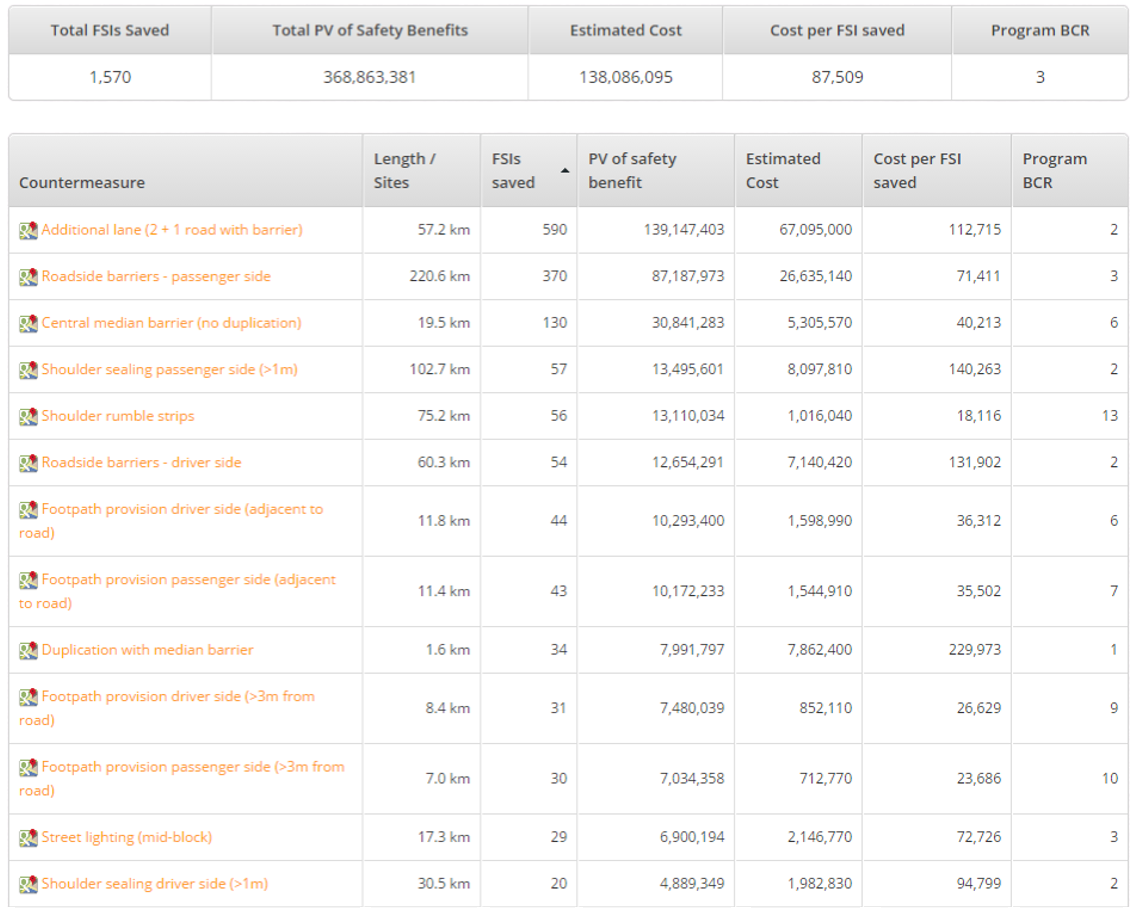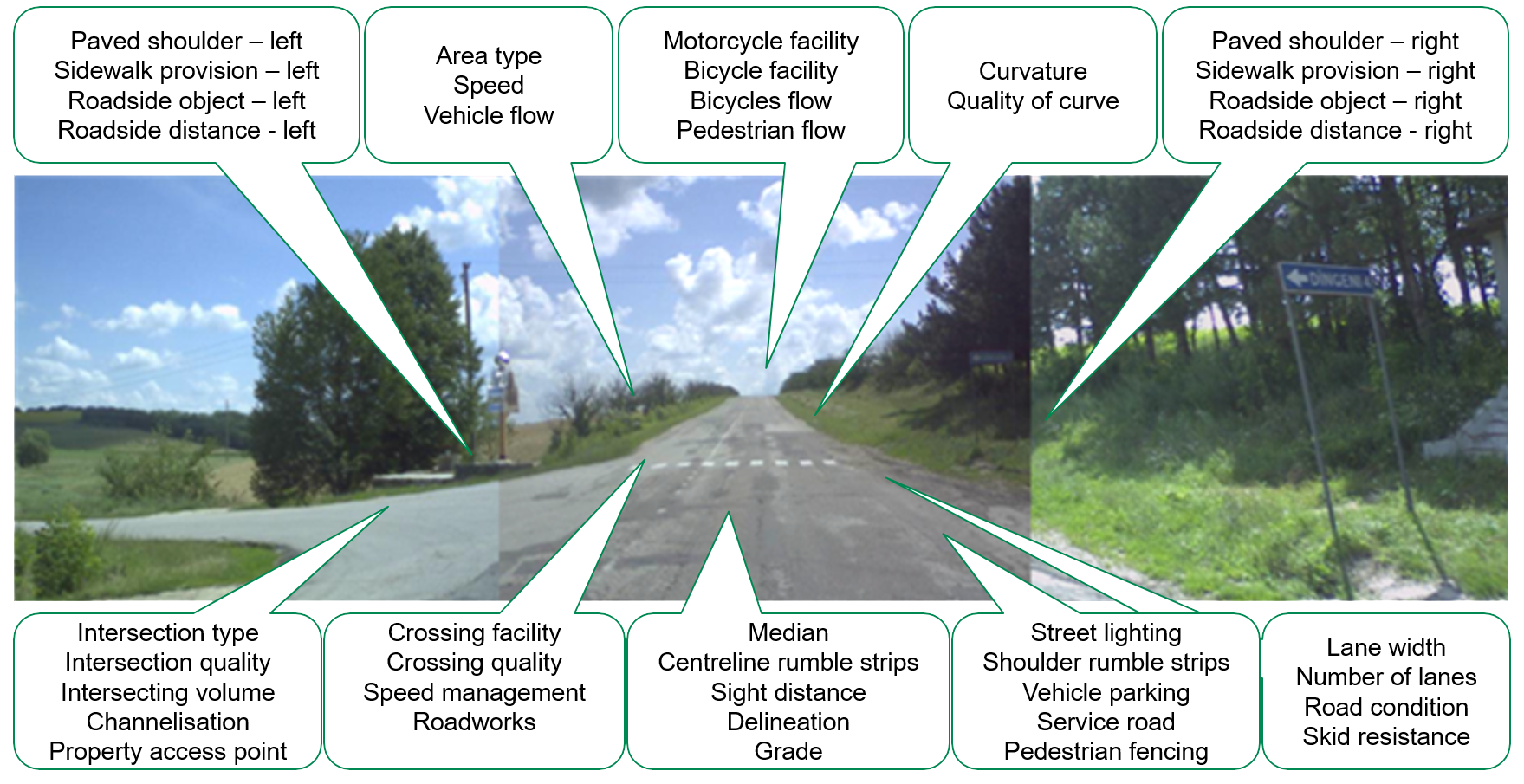
The examination of mobility patterns through a gender lens has gained prominence in recent years.
Research consistently reveals gender-specific effects that significantly influence travel behaviours and mode choices and consequently road safety. These differences are not solely related to travel preferences but are also well-explained by the distinct roles that men and women continue to play in our societies.
iRAP has been researching how gender impacts exposure to risk and how road safety investments can help reduce the gender gap.
Initiatives
Star Ratings by Gender:
Gender inequity in transport remains one of the key challenges to ensuring a safer and more equitable. Part of the problem is data. We still lack information of when, where and with each travel model women are travelling.
iRAP conducted a cross-comparison of overall travel patterns by gender and star ratings in four major cities worldwide. Mumbai, India, exhibited some of the most significant gender differences in travel modes. Men predominantly use motorcycles, while women rely more on public transit and walking. These differences in travel modes also lead to notable disparities in safety. For men, 46% of trips occur on roads rated 3-star or better, whereas for women, this figure drops to 38%.

Similar analysis for São Paulo, Bogotá and Accra are available here.
75% of travels by gender:
Global Road Safety Performance Target 4 mandates that over 75% of travel on existing roads should occur on roads that meet technical safety standards for all users. iRAP has been collaborating with various partners to develop procedures for estimating network loads and identifying road segments where 75% or more of travel occurs. A gender perspective is crucial in these analyses, as women often have different travel patterns compared to men.
Gender plays a significant role in cycling trips. Women are much less likely to cycle than men, who cycle more frequently and cover greater distances on average. Factors such as inequality, safety concerns, and land use distribution influence when and where women choose to cycle. For instance, having children strongly discourages women from cycling, and care-related trips are often overlooked in transport planning. Additionally, women are more likely to cycle near city centers and in low-traffic neighbourhoods.
The image below illustrates the differences in the 75% travel maps for male and female cyclists in São Paulo, Brazil.
More information can be seen in this study presentation.



















